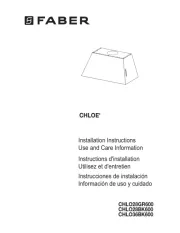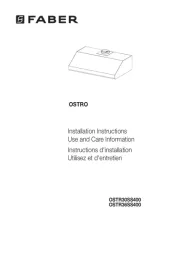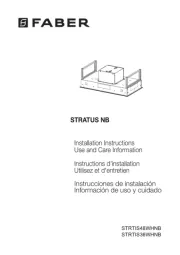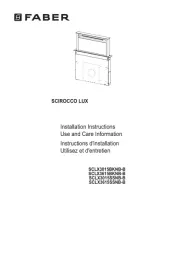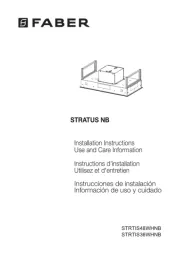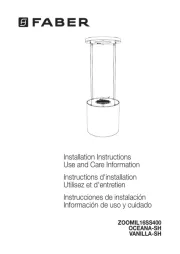Amica OME6115I Manual
Læs gratis den danske manual til Amica OME6115I (108 sider) i kategorien Emhætte. Denne vejledning er vurderet som hjælpsom af 10 personer og har en gennemsnitlig bedømmelse på 4.7 stjerner ud af 5.5 anmeldelser.
Har du et spørgsmål om Amica OME6115I, eller vil du spørge andre brugere om produktet?

Produkt Specifikationer
| Mærke: | Amica |
| Kategori: | Emhætte |
| Model: | OME6115I |
| Bredde: | 524 mm |
| Dybde: | 289 mm |
| Vægt: | 5850 g |
| Produktfarve: | Rustfrit stål |
| Antal hastigheder: | 3 |
| Ledningslængde: | 1.5 m |
| Tilsluttet belastning: | 286 W |
| Lampetype: | Halogen |
| Energieffektivitetsklasse: | E |
| Maksimal ekstraktionseffekt: | 336 m³/t |
| Udsugningsforbindelse, diameter: | 120 mm |
| Fedtfilter type: | Aluminium |
| Ekstraktionstype: | Ledet |
| Støjniveau (høj hastighed): | 68 dB |
| Antal filtre: | 1 stk |
| Minimum afstand fra elektrisk komfur: | 650 mm |
| Minimum afstand fra gaskomfur: | 650 mm |
Har du brug for hjælp?
Hvis du har brug for hjælp til Amica OME6115I stil et spørgsmål nedenfor, og andre brugere vil svare dig
Emhætte Amica Manualer
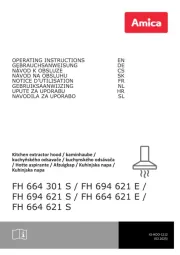
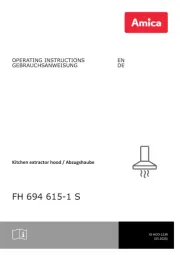
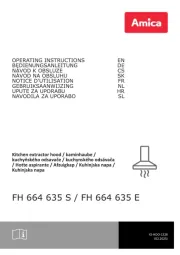
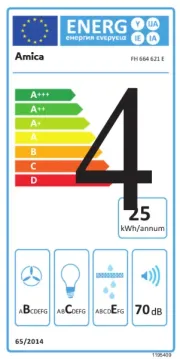
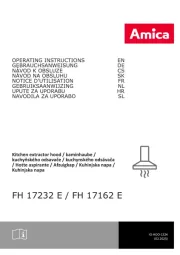
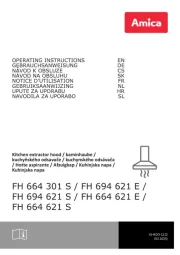
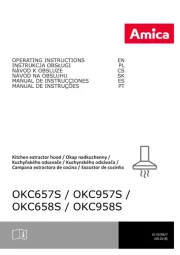
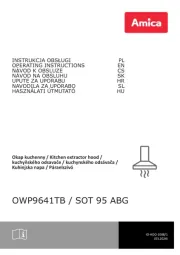
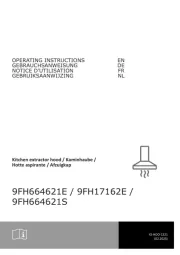
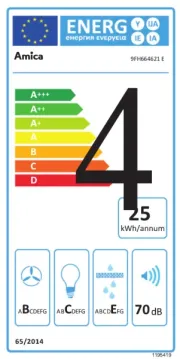
Emhætte Manualer
- Rex
- Saturn
- Canarm
- Westinghouse
- Bosch
- Oceanic
- Wave
- James
- Fulgor Milano
- Airforce
- Cylinda
- Bestron
- Sôlt
- Robinhood
- AEG
Nyeste Emhætte Manualer
